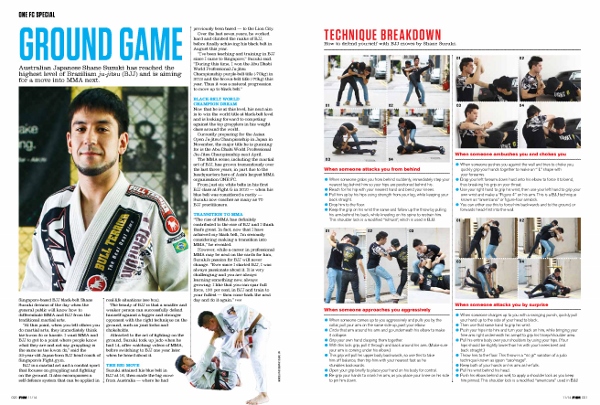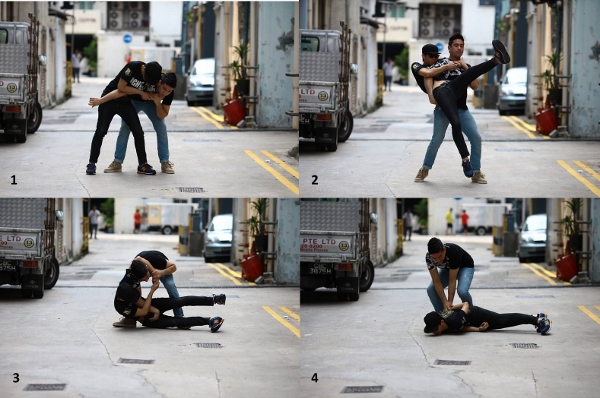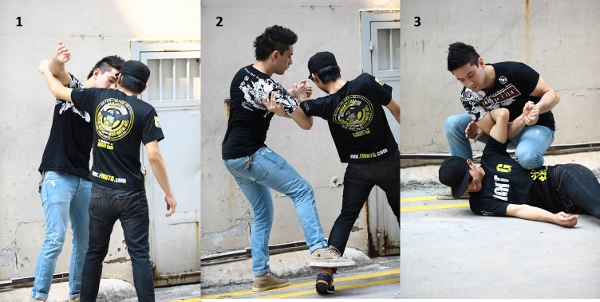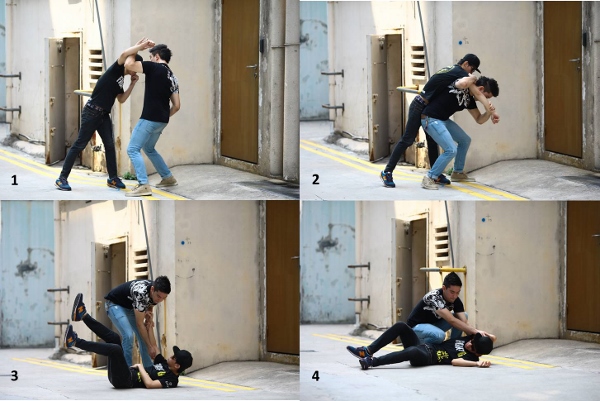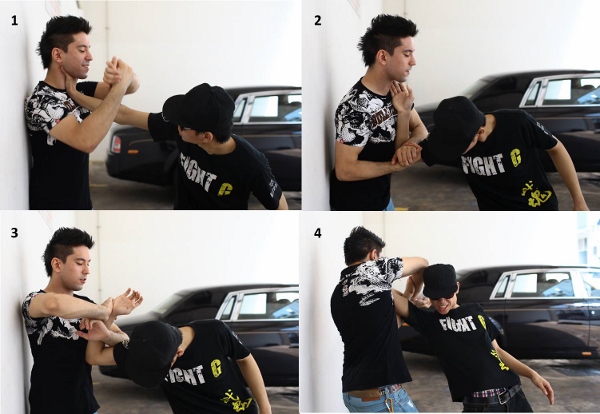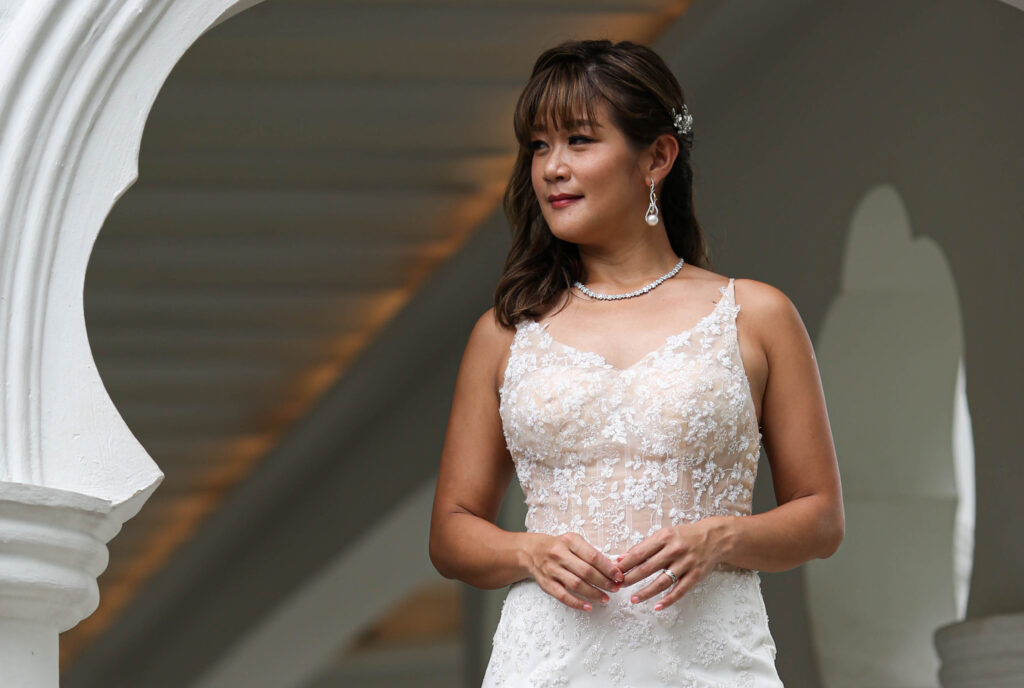TECHNIQUE BREAKDOWN: How to defend yourself with BJJ moves by Shane Suzuki
When someone attacks you from behind
- When someone grabs you from behind suddenly, immediately step your nearest leg behind him so your hips are positioned behind his.
- Reach for his hip with your nearest hand and bend your knees.
- Pull him up by his hips using strength from your leg, while keeping your back straight.
- Drop him to the floor and free your head by pulling it out the back.
- Keep the grip on his wrist the same and follow up the throw by pulling his arm behind his back, while kneeling on his spine to restrain him. This shoulder lock is a modified “kimura”, which is used in BJJ.
When someone approaches you aggressively
- When someone comes up to you aggressively and pulls you by the collar, pull your arm on the same side up, past your elbow.
- Circle that arm around his arm and go underneath his elbow to make it collapse.
- Grip your own hand and clasp them together.
- With this lock grip, pull it through and back around his arm. (Make sure your arm is coming under his elbow.)
- This grip will pull his upper body backwards, so use this to take him off balance, then trip him with your nearest foot as he stumbles backwards.
- Open your grip briefly to place your hand on his body for control.
- Re-grip your hands to crank his arm, as you place your knee on his side to pin him down.
When someone attacks you by surprise
- When someone charges up to you with a swinging punch, quickly pull your hand up to the side of your head to block.
- Then use that same hand to grip his wrist.
- Push your hips into him and turn your back on him, while bringing your free arm right underneath his armpit to grip his tricep/shoulder area.
- Pull his entire body over your shoulders by using your hips. (Your hips should be slightly lower than his with your knees bent and back straight.)
- Throw him to the floor. This throw is a “no gi” variation of a judo technique known as “ippon seoi-nage”.
- Keep both of your hands on his arm as he falls.
- Pull his wrist behind his head.
- Push his elbow behind as well, to apply a shoulder lock as you keep him pinned. This shoulder lock is a modified “americana” used in BJJ.
When someone ambushes you and chokes you
- When someone pushes you against the wall and tries to choke you, quickly grip your hands together to make an “L” shape with your forearms.
- Drop your left forearm down hard onto his elbow to force it to bend, thus breaking his grip on your throat.
- Use your right hand to grip his wrist, then use your left hand to grip your own wrist and make a “Figure 4” on his arm. This is a BJJ technique known as “americana” or figure-four armlock.
- You can either use this to force him backwards and to the ground, or forwards head-first into the wall.
GLOSSARY OF BJJ TERMS
1) Kimura
A Kimura is a double joint armlock which applies painful pressure on the opponent’s shoulder, making it difficult to escape. Apply enough force and it may result in a broken arm or dislocated shoulder. A Kimura can be done from multiple positions.
2) Gi
The gi used in BJJ is the standard uniform that practitioners use in training and competition. It is typically composed of a heavy cotton jacket and reinforced trousers, with a cloth belt at the waist which indicates the rank of the practitioner (eg. white belt, blue belt, purple belt, brown belt, black belt).
3) No-gi
No-gi is when the practitioners compete without wearing the gi, allowing for a faster pace. Instead of using the gi to apply leverage and control, having no gi allows one to focus more on underhooks and overhooks to dominate opponents.
4) Americana
The americana is a grappling keylock technique where both of the practitioner’s arms isolate and cause flexion to the shoulder or elbow of the opponent.
*This was first published in FHM Singapore and is reproduced with their permission.


